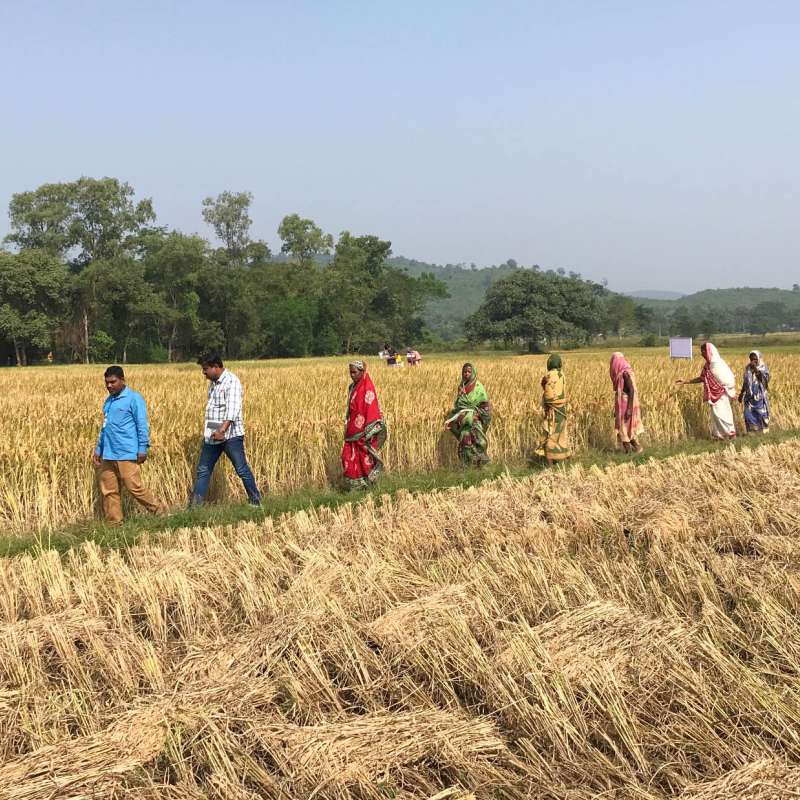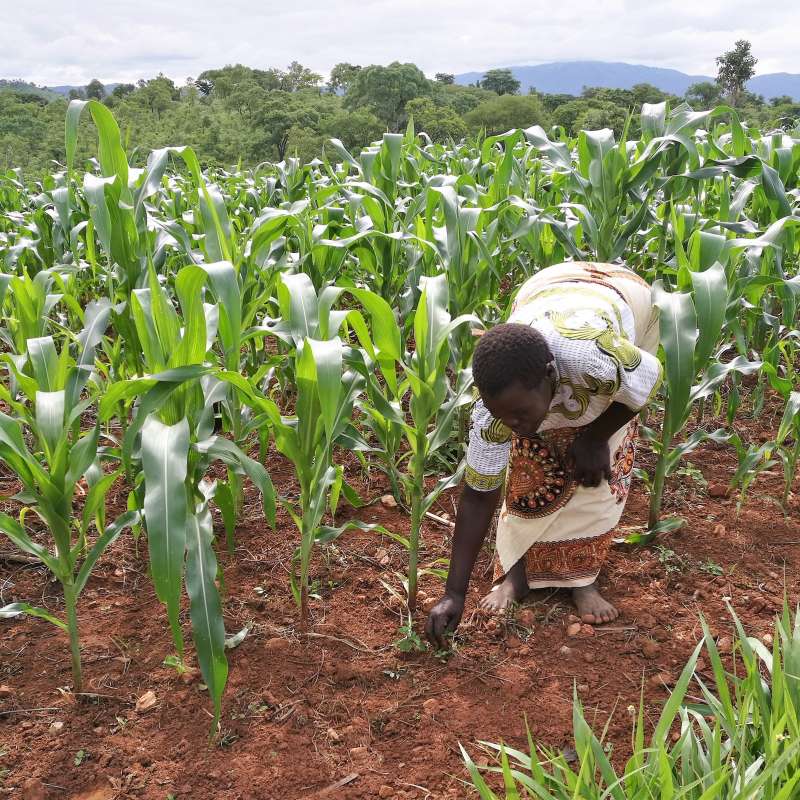Berit Nordskog
Research Scientist
Biography
I am leading the Norwegian decision-support system for pests and diseases (VIPS), and the Norwegian Agrometeorology network (LMT). My interest in shared and extended use of decision support systems for plant protection is reflected through engagement in several international projects with focus on integrated pest management (IPM) and decision support systems (DSS). I am co-manager of the project Malawi Digital Plant Health Service (MaDiPHS), and work package leader in the EU-project IPM Decisions.
My scientific background is within plant pathology, with focus on epidemiology of oomycete and fungal pathogens in field vegetables
Abstract
No abstract has been registered
Authors
Ritter Atoundem Guimapi Berit Nordskog Anne-Grete Roer Hjelkrem Ingeborg Klingen Ghislain Tchoromi Tepa-Yotto Manuele Tamò Karl ThunesAbstract
No abstract has been registered
Abstract
Carrot is the main field vegetable in Norway and is stored at 0-1°C for up to 8 months. In long-stored carrots, postharvest diseases are problematic. Better knowledge of the causal agents of postharvest diseases can help producers apply appropriate control measures to reduce carrot loss and waste. The objectives of this study were to determine the extent of the tip rot problem and the prevalence of other storage diseases of carrots in different regions in Norway. The study was conducted from 2019 to 2021 by collecting carrots from 16 commercial cold storages, representing four regions. From each storage, representative carrots were randomly sampled, washed, and sorted into different disease categories and healthy carrots. Representative samples from each category were further analyzed in the NIBIO laboratory to identify the causal agent(s) and confirm the disease. Causal agent(s) were identified by symptom and sign description, microscopy and when necessary, DNA sequencing. One or more pathogens were identified from each symptomatic carrot. The incidence of postharvest diseases significantly varied among regions. Taking all years and regions together, only 42% of the carrots were healthy. In other words, 58% of the carrots were with one or more diseases, representing a waste due to diseases alone. Tip rot alone contributed to about 30% of the postharvest loss. Our results indicate that the burden of postharvest diseases of carrots is increasing. This includes diseases like tip rot disease complex, Cylindrocarpon root rot and cavity spot. The results are useful to direct research investigation of the most problematic diseases. Most of the post-harvest diseases of carrots are the result of latent infections that occur in the field, and stress during handling, storage, and processing operations. Hence, postharvest disease control measures should consider the pre-and postharvest predisposing factors of carrots for storage rot.

Division of Environment and Natural Resources
UPSCALE
A transformative climate action through upscaling climate resilient rice and other agricultural technologies supported by evidence-based knowledge and policy in India (UPSCALE).

Division of Biotechnology and Plant Health
Malawi Digital Plant Health Service (MaDiPHS)
This project will establish a digital agricultural plant health service at the national level in Malawi, based on coordination of internationally developed digital systems.
